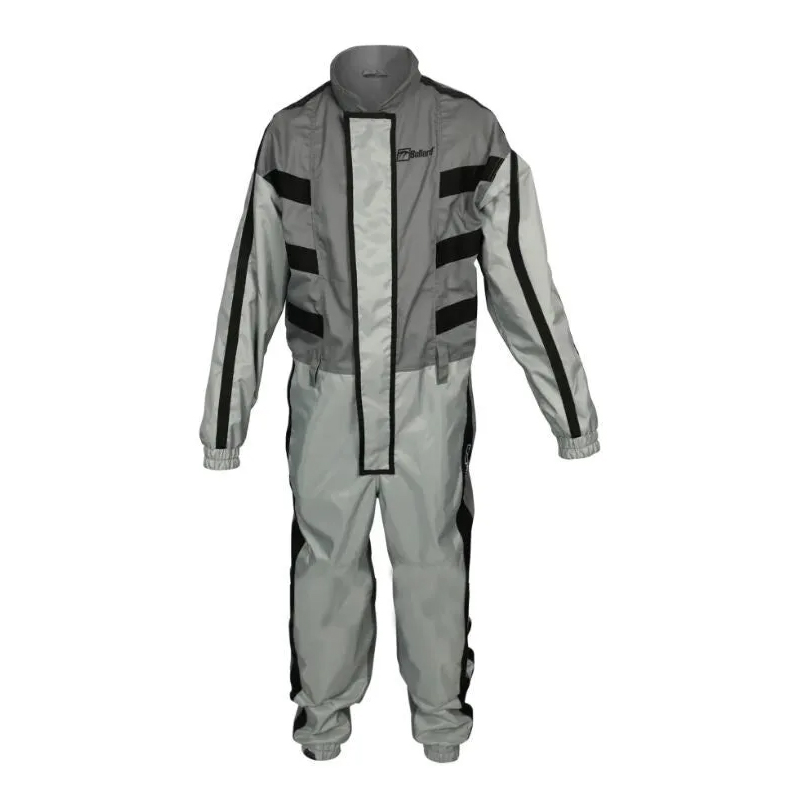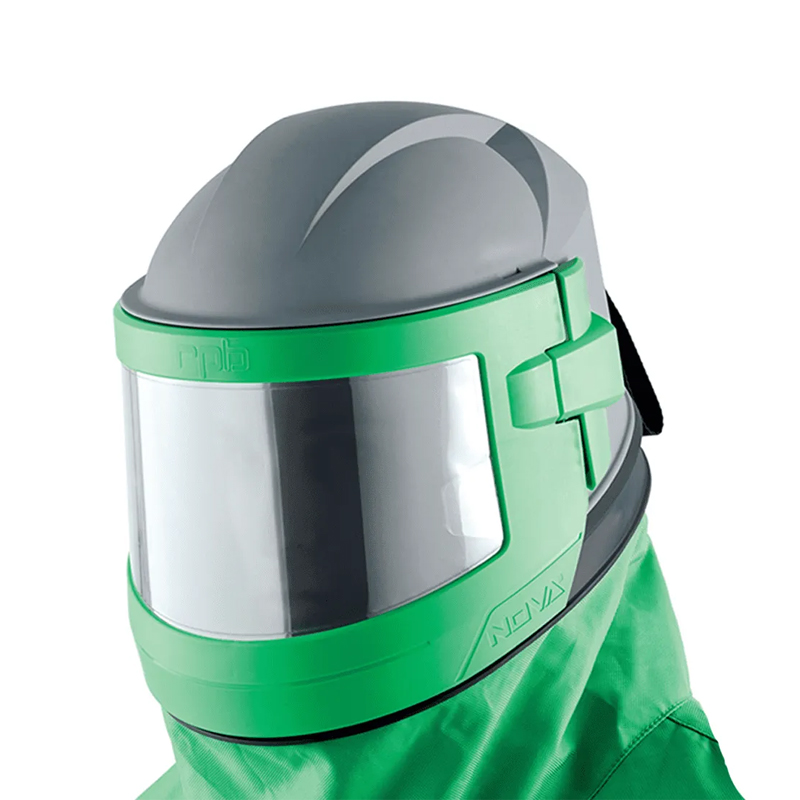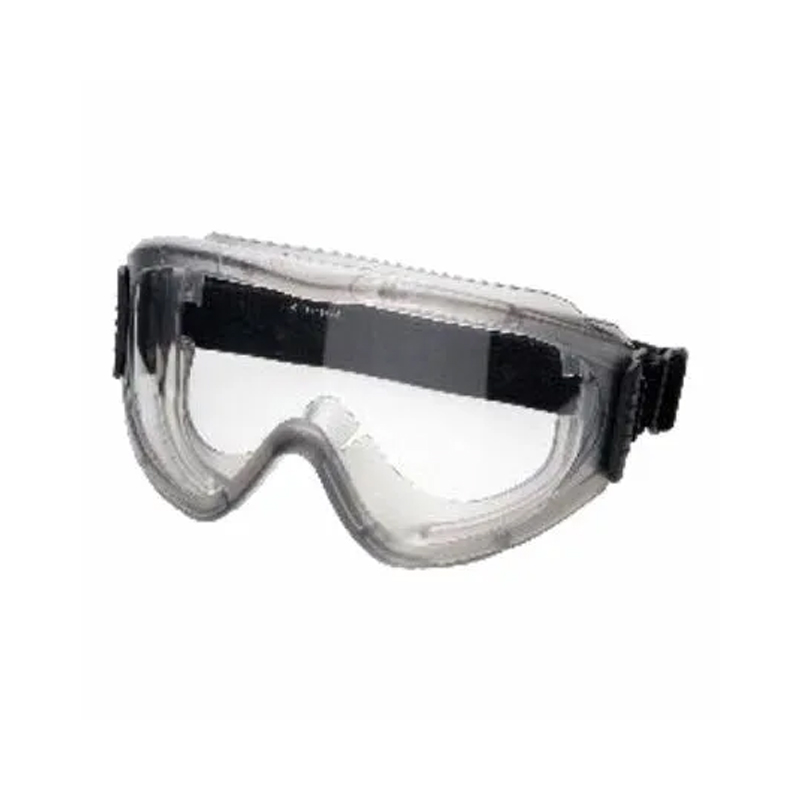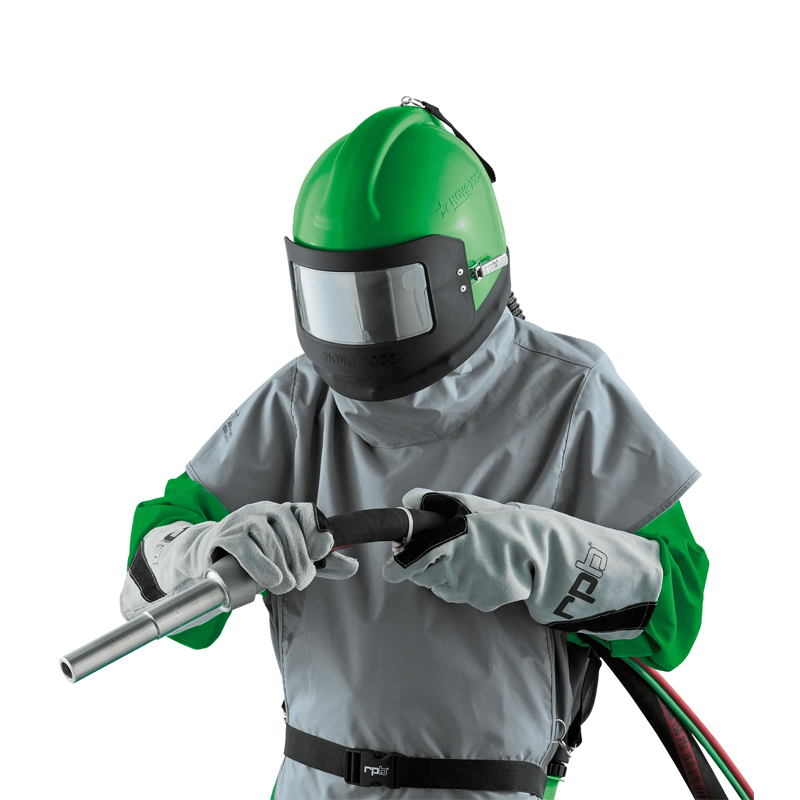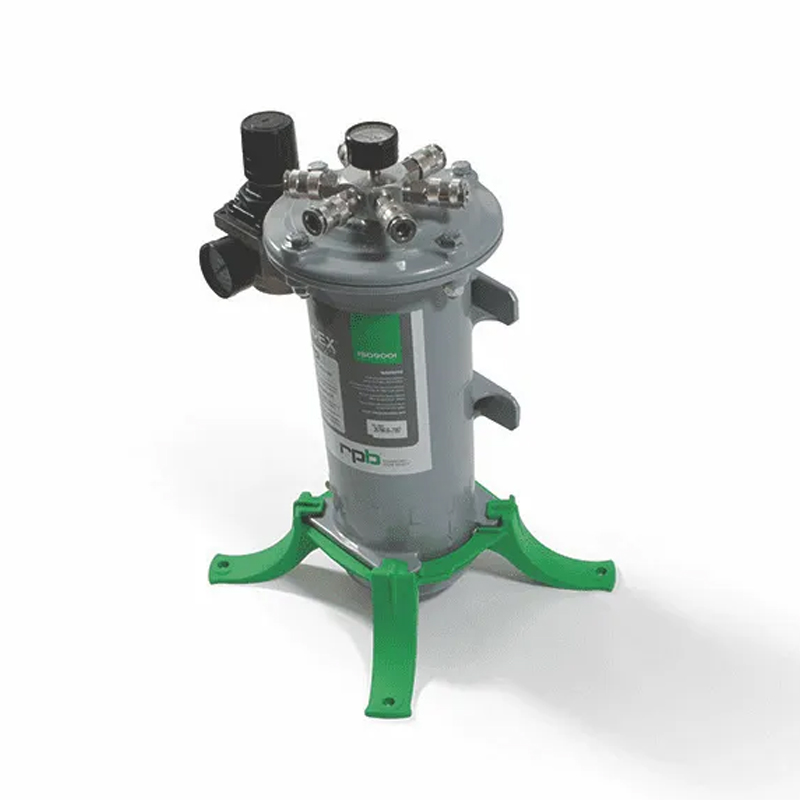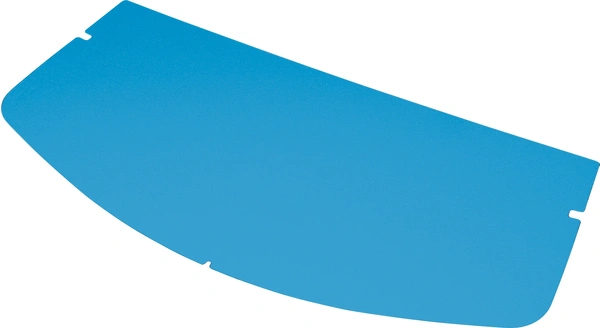Welcome to our guide on safety equipment and protective gear for sandblasting operations. At Quantum Blast Technologies, we prioritize safety as a fundamental aspect of sandblasting. This content aims to highlight the importance of using appropriate safety equipment and protective gear to ensure the well-being of workers engaged in sandblasting activities.
Welcome to our guide on safety equipment and protective gear for sandblasting operations. At Quantum Blast Technologies, we prioritize safety as a fundamental aspect of sandblasting. This content aims to highlight the importance of using appropriate safety equipment and protective gear to ensure the well-being of workers engaged in sandblasting activities.
Importance of Safety Equipment in Sandblasting
Sandblasting involves the use of abrasive materials propelled at high speeds to clean, smooth, or shape surfaces. While it is an effective technique, it also presents various hazards, including exposure to harmful particles, abrasive materials, high noise levels, and more. Proper safety equipment plays a pivotal role in mitigating these risks and safeguarding workers’ health.
Essential Safety Equipment for Sandblasting
- Respiratory, Eye, and Face Protection: The inhalation of airborne particles and the potential injury to eyes and the face is a significant concern in sandblasting. It is essential to wear a properly approved sandblasting helmet with respiratory air to prevent injury and inhalation of hazardous dust and particles. Quantum Blast Technologies is the leading supplier of blasting helmets. Head and face protective respirators available include the RPB NOVA2000 and NOVA3 sandblasting helmets. We also stock an extensive range of replacement outer lenses, inner lenses, tear-offs, spare parts & accessories for Nova 2000 Helmet, Nova 3, and Bullard GenVX helmets and Bullard safety goggles. You will also find Bullard CO2 monitors, RPB CO2 monitors, climate control devices, cool tubes, airline filters, T-Link respirators, Tychem hoods and much, much more.
- Protective Clothing: Sandblasting suits, capes, aprons, or blast jacket suits made of durable materials such as nylon shield the skin from abrasive materials, preventing cuts, abrasions, and potential skin hazards. Quantum Blast Technologies sell the RPB sandblast suits, Bullard Sandblast suits and its own home range of blast suits, balaclavas and much more offering the best protection for the operator.
- Hand and Arm Protection: Heavy-duty gloves designed specifically for sandblasting safeguard the hands and arms from abrasive materials and reduce the risk of injury.
- Hearing Protection: Sandblasting equipment generates high noise levels, leading to potential hearing damage. Earplugs or earmuffs are essential to protect against noise-induced hearing loss.
Choosing the Right Safety Equipment
When selecting safety equipment for sandblasting operations, it’s vital to consider factors such as the type of abrasive material used, the intensity of the work, and the duration of exposure. Ensuring that the safety gear meets regulatory standards and provides adequate protection is crucial.
At Quantum Blast Technologies, we offer a range of high-quality safety equipment and protective gear specifically tailored for sandblasting applications. Our products comply with industry standards and prioritize user safety.

